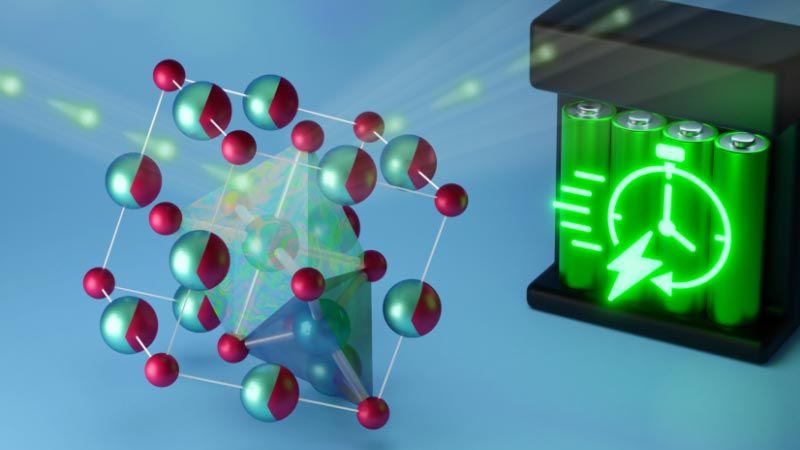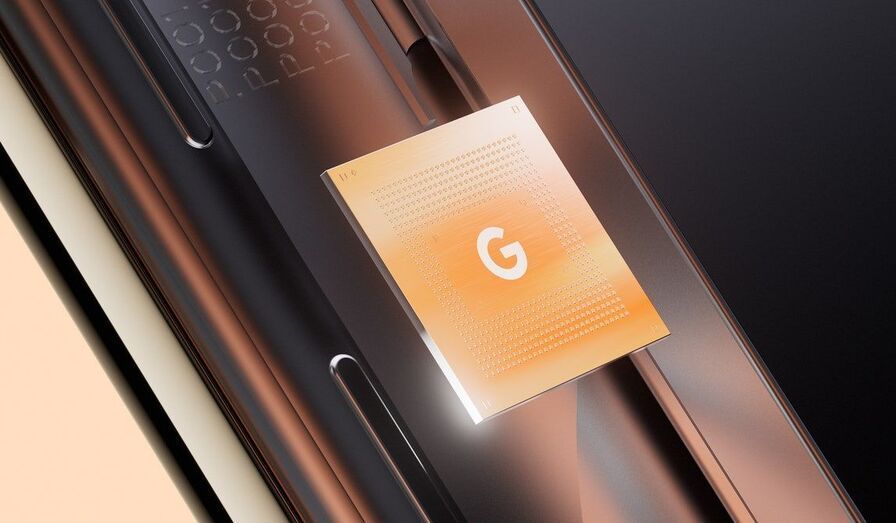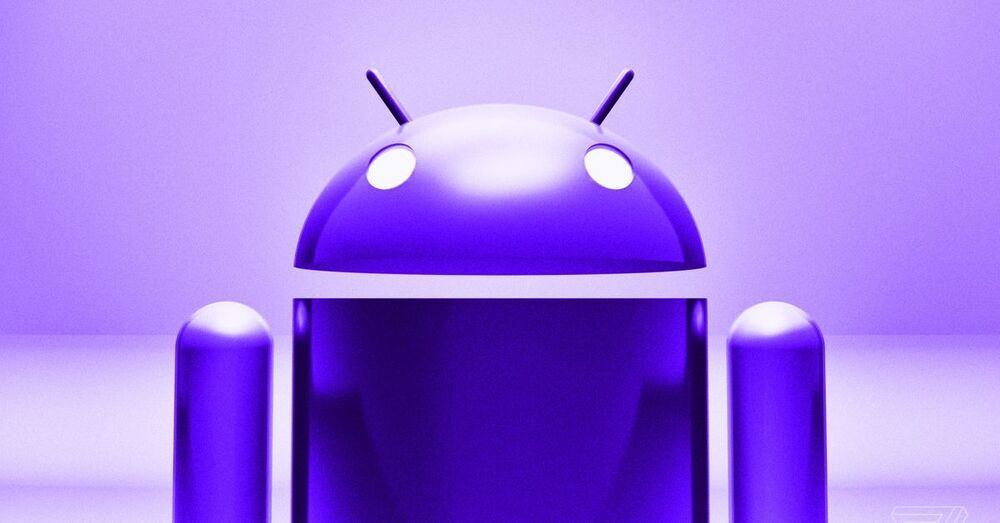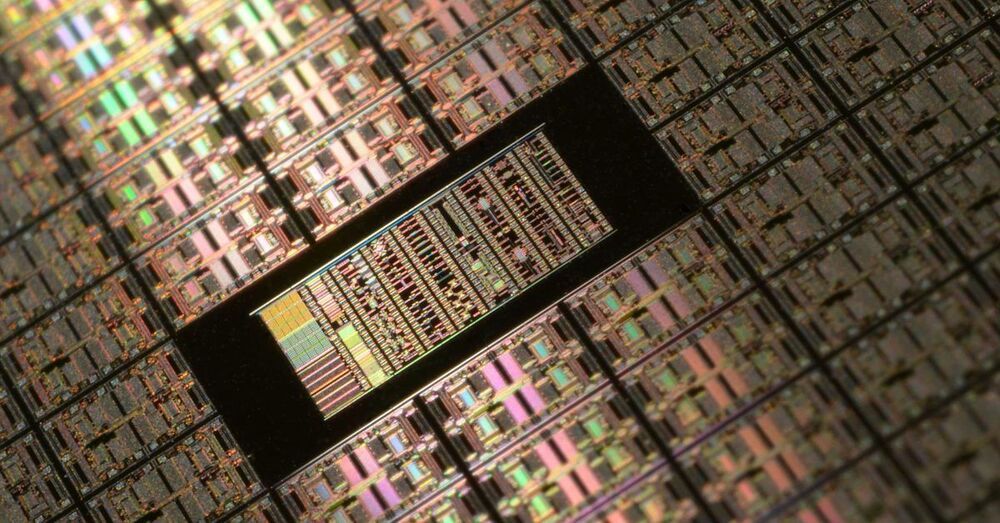This next jump in battery-tech could solve a lot of EV problems.
The world of the internal combustion engine will sadly, but very necessarily, come to a close at some point in many of our lifetimes. Hybrids and electric vehicles are becoming more affordable and more advanced at a rapid pace, which means batteries are taking the place of fossil fuels. This has led to an equally rapid progression in battery technology, with the main goals of improving capacity, charging times, and safety. One major advancement in this field is the advent of solid-state batteries, which promise to push the boundaries of the limitations that current lithium-ion batteries carry.
Electric vehicles have been powered by lithium-ion batteries for years, which are similar to the ones used in laptops, cell phones, and other consumer electronics. They are constructed with a liquid electrolyte inside, which makes them heavy and susceptible to instability at high temperatures. Because each individual battery pack can’t generate all that much energy on its own, several have to be linked together in series, further adding to the weight. The cost of engineering, manufacturing, and installing battery packs makes up a considerable portion of the overall cost of an electric vehicle.
Just like a cell phone, the lithium-ion batteries in electric vehicles need to be recharged. The speed at which an electric vehicle’s batteries can be charged depends on the vehicle itself, the type of batteries it uses, and on the charging infrastructure. In general, public charging stations fall into either the Level 2 or Level 3 categories, both of which can charge an EV far quicker than a standard household outlet. Level 1 and Level 2 chargers provide power to the on-board charger via AC power, which is converted to DC power to charge the battery. Level 3, which can also be called DC Fast Charging, bypasses that on-board generator and instead charges the battery directly and at a much quicker rate. Over time, however, both the battery capacity and the ability to reach peak charging rates degrade.






